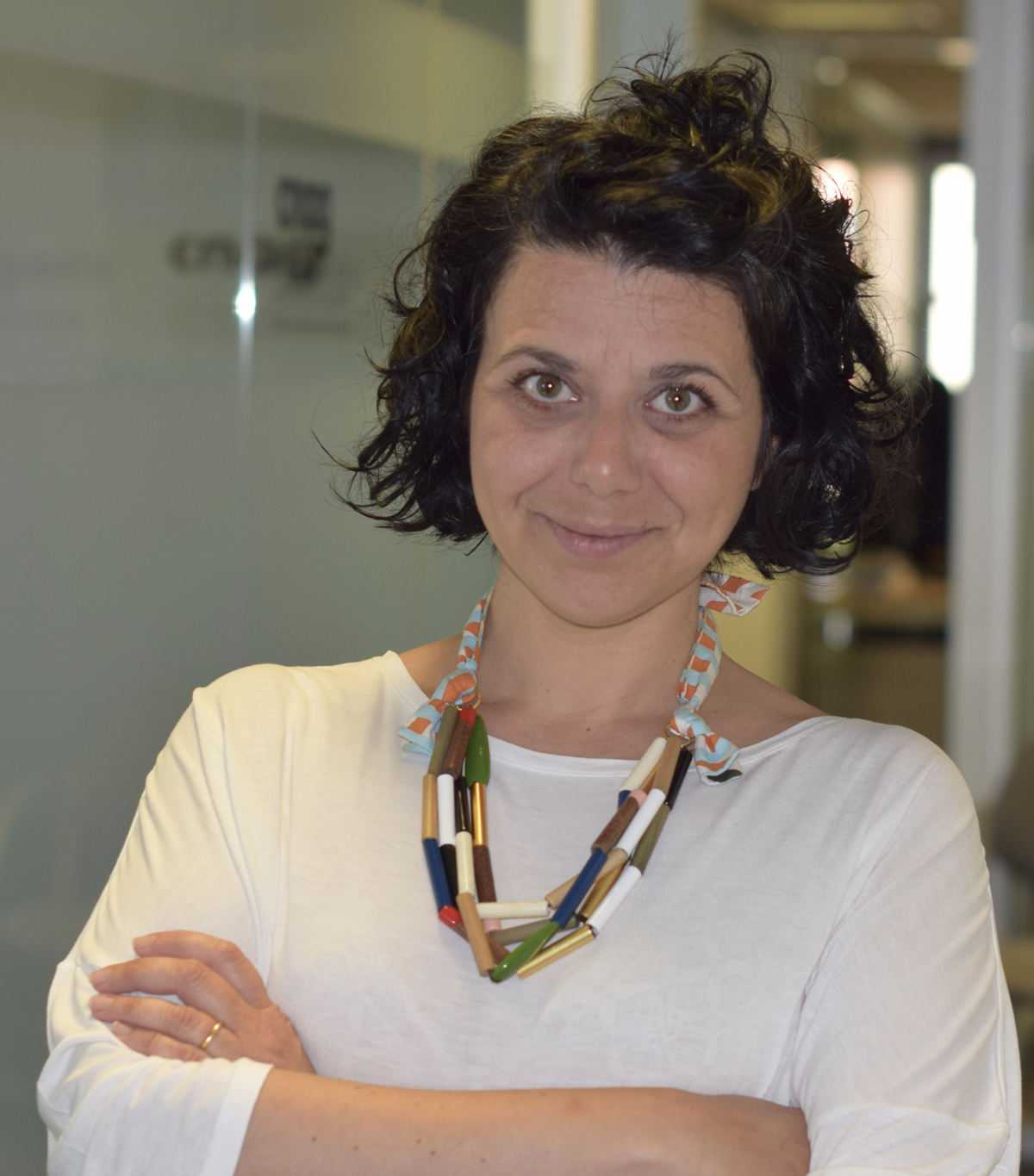Irene Farabella, 2022

Career Development Award Project Title
Investigating genome structural variability at the nanoscale, 2022
Who she is
Irene Farabella received a MSc in Medical Biotechnology from the University of Milano- Bicocca, Italy, in 2008 after a visiting period sponsored by a fellowship from EXTRA PLUS Program financed by Fondazione Cariplo at the Centre for Molecular and Biomolecular Informatics (CMBI), Nijmegen supervised by Prof. Gert Vriend and Prof. Marialuisa
Lavitrano.
In 2013, she got a PhD sponsored by a Wellcome Trust Funded PhD studentships in Structural Biology working at ISMB (UCL/Birkbeck College, London, UK) under thesupervision of Prof. Maya Topf and Prof. Gabriel Waksman. For her postdoc training, she joined Marc Marti-Renom’s lab at the Centre Nacional d’ Anàlisi Genòmica – Centre de Regulació Genòmica (CNAG-CRG), Barcelona as a Juan de la Cierva Incorporación Postdoctoral Fellow. During this time, she also worked as a researcher in the C.-Ting Wu’s lab at Harvard Medical School. In September 2022 she established her independent Armenise-Harvard Integrative Nuclear Architecture Lab at the Fondazione Istituto Italiano di Tecnologia (IIT) in the Center for Human Technologies in Genoa, where she will investigate the 3D genome structural variability at the nanoscale.
What she does
The spatial arrangement of chromatin in interphase nuclei is non-random and plays a fundamental role in genome function and stability in physiology and disease. However, the chromatin spatial arrangement varies substantially from cell to cell, even among cells of a functionally homogeneous population. Irene Farabella is interested in understanding the dichotomy of non-randomness and high variability in genome organisation as this presents a paradox for our understanding of the mechanisms that shape genome organization and its function.
During her postdoc she used integrative modelling methods to start investigating different aspects of genome structure organisation to identify critical elements shaping the genome organisation. Particularly she implemented a modelling approach integrating bioinformatics and physical theories to investigate the mechanism by which experimentally challenge component of the nuclei as lncRNAs modulate the 3D chromatin structure of human chromosomes (Farabella et al., Nat. Struct. Mol. Biol. 2021). She also made significant contributions to the implementation of a novel super-resolution imaging and computational techniques that allowed to investigate the 3D chromatin structure in single nuclei at unprecedent level of details (Nir*, Farabella* et al. PLoS Genet. 2018).
In her new Armenise Harvard Laboratory she plans to integrates imaging techniques, genomic data, structural bioinformatics, and physical theories to investigate the 3D genome organisation plasticity and how multiple components of the nucleus influence gene regulation information across scales.
News from the Lab
Thanks to the Armenise Harvard Career Development Award, Irene is currently focusing his research on developing innovative computational tools and algorithms to shed light on the cell-specific structural signatures and how their variation could play a role in the communication within the nuclear space and between genomic regulatory circuits.


